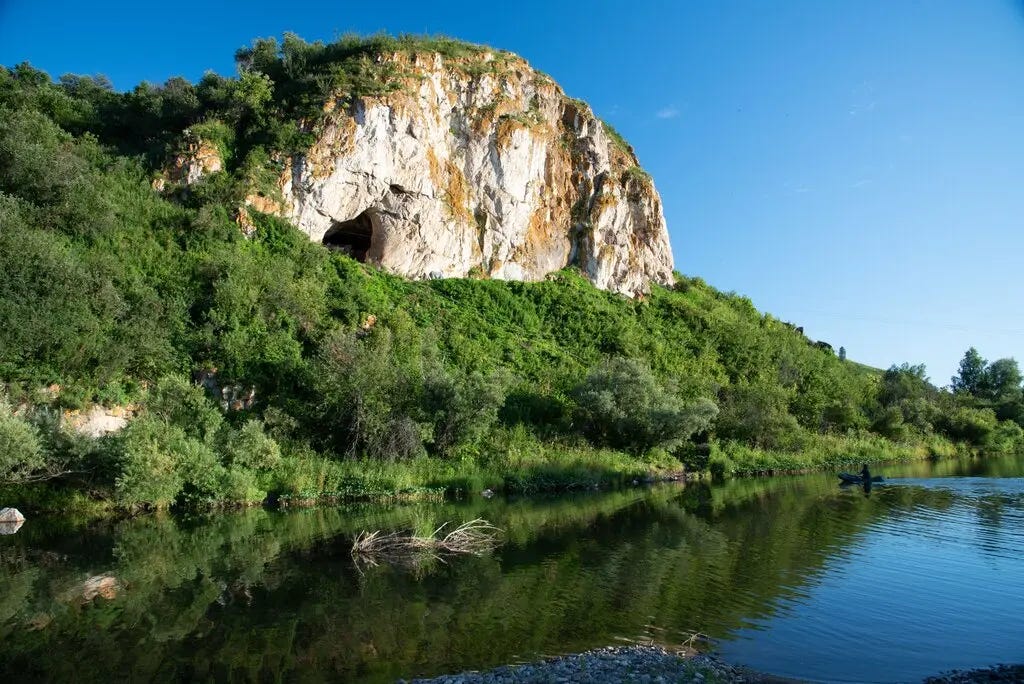First Neanderthal Family
Among stone tools and butchered bison bones, fossilized remains of Neanderthal father, a teenage daughter, and other related members were discovered.
The first remains of a Neanderthal family has been discovered by scientists. The remains consisted of a father, his adolescent daughter, and other individuals who were likely close relations. The family, which was one of a group of 11 Neanderthals discovered together in the cave, most likely perished together, maybe from famine, according to scientists. The findings were published in the journal Nature1.
The brand-new discovery was made in the Chagyrskaya cave in Siberia. There, excavations by paleoanthropologists started in 2007 and yielded pieces of Neanderthal teeth and bones. In the cave, in addition to butchered bison bones, the researchers also discovered 90,000 stone tools.

The Neanderthals might have used the cave as a temporary residence. The bison that migrated yearly to graze on the adjacent meadows may have drawn them to Chagyrskaya. A whole genome that was extracted from a Neanderthal woman's finger bone was the first DNA discovery from Chagyrskaya, and it was released in 20202. She was genetically more related to Croatian Neanderthals located more than 3,000 kilometers distant than to those living 65 kilometres away in the Denisova cave.
This kinship shows that there was more than one group of Neanderthals in Siberia. At least twice, they moved eastward from Europe, first to Denisova and then, tens of thousands of years later, to Chagyrskaya. The authors struck gold when they yielded ancient DNA from 11 individuals, including six adults and five toddlers, all related. Stone tools, bison bones, and fossils were all found in the same layer of sediment in the cave. Geologically speaking this is an demonstrates a short occupation.
Keep reading with a 7-day free trial
Subscribe to Anthropology.net to keep reading this post and get 7 days of free access to the full post archives.
